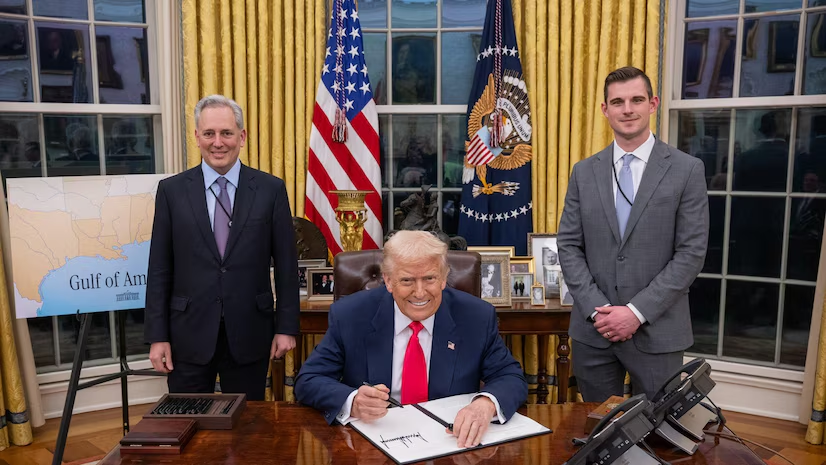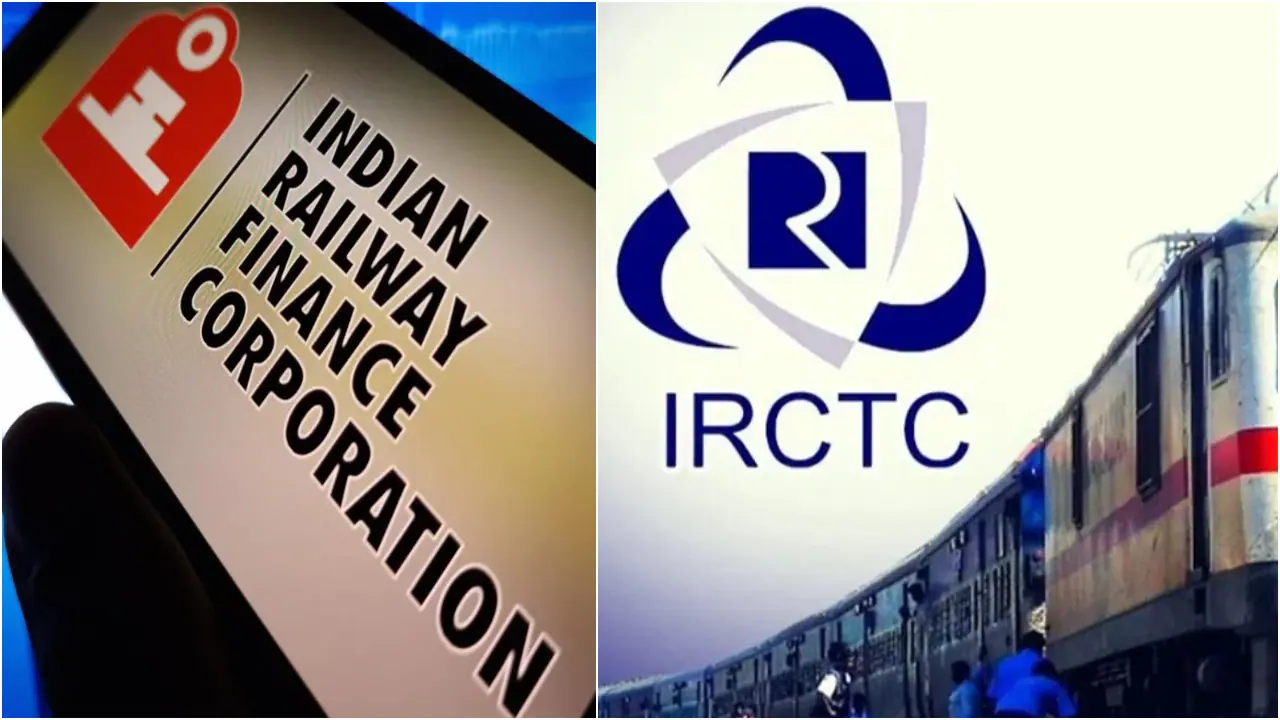- Courses
- GS Full Course 1 Year
- GS Full Course 2 Year
- GS Full Course 3 Year
- GS Full Course Till Selection
- CSAT
- 5 LAYERED ARJUNA Mentorship
- Public Administration Optional
- Online Program
- GS Recorded Course
- NCERT Batch
- Polity Module Course
- Geography Module Course
- Economy Module Course
- AMAC Module Course
- Modern India, Post Independence & World History Module Course
- Environment Module Course
- Governance Module Course
- Science & Tech. Module Course
- International Relations and Internal Security Module Course
- Disaster Management Module Course
- Ethics Module Course
- Essay Module Course
- Current Affairs Module Course
- ABOUT US
- OUR TOPPERS
- TEST SERIES
- FREE STUDY MATERIAL
- VIDEOS
- CONTACT US
Global Tuberculosis Report 2024
Global Tuberculosis Report 2024
05-11-2024
In October 2024, the World Health Organization has published the Global Tuberculosis Report 2024 which is released annually.
What is Tuberculosis?
|
Key Highlights of the Global Tuberculosis Report 2024
- Record High TB Diagnoses: In 2023, 8.2 million people were newly diagnosed with TB, marking the highest number recorded by WHO since 1995. This is a notable rise from the 7.5 million new cases in 2022.
- TB Deaths: TB deaths in 2023 were estimated at 1.25 million which is a decrease from 1.32 million in 2022 and shows a steady decline since the COVID-19 pandemic peak.
- TB Burden in Low-and Middle-Income Countries: 30 low-and middle-income countries account for 87% of global TB cases.
- Top Five Contributors: India - 26%, Indonesia - 10%, China - 6.8%, Philippines - 6.8%, Pakistan - 6.3%.
- These five countries collectively make up 56% of global TB cases.
- Demographics of TB Patients: Gender and Age Distribution across the globe are-
- 55% of TB patients were men
- 33% were women
- 12% were children and young adolescents
- Key Risk Factors for TB: Undernutrition, HIV infection, Alcohol use disorders, Smoking, Diabetes
Key Insights on India's Situation
- Improvement in Diagnosis: The estimated number of tuberculosis cases in India slightly decreased in 2023 but the reported cases increased which is a positive sign that diagnosis gaps are closing.
- India’s TB Cases and Deaths in 2023: India had around 28 lakh TB cases, representing 26% of global cases.
- TB-Related Deaths: Estimated at 3.15 lakh which accounted for 29% of the global TB deaths.
- Despite some reduction in cases and deaths, India still remains far from its TB elimination Target.
- TB Incidence Rate: The incidence rate of TB per population also decreased in India, from 275 cases per 100,000 people in 2010 to 195 cases in 2023.
- However, there was an increase in notified TB relapse cases in 2023, marking the highest level of relapses since 2010. Most relapse cases were seen in men.
- A relapse of tuberculosis (TB) is when a patient who was previously treated for TB and declared cured experiences a re-emergence of clinical symptoms. This can happen even if the initial treatment was effective.
- Reduced Diagnosis Gap: The gap between estimated cases and actual reported cases in India is narrowing.
- India reported 25.2 lakh TB cases in 2023 which are higher from 24.2 lakh in 2022.
- India and Indonesia together accounted for 45% of the increase in globally reported cases between 2021 and 2023, highlighting significant improvements in diagnosis.
- Progress Towards WHO End TB Targets: India achieved only an 18% reduction in TB cases between 2015 and 2023, which is short of the 50% reduction goal set for 2025.
- TB-related deaths decreased by 24%, which still falls short of the 75% reduction target by 2025.
- Preventive Treatment and High-Risk Groups: The number of people receiving preventive TB treatment has been steadily increasing.
- High-risk groups include individuals with: Nutritional deficiencies, Diabetes, Smoking habits
- Funding for TB: The funding for TB in India has been declining. Domestic funding in India has decreased from $345 million to $253 million.
- Health Expenditure: Health expenditure per capita has substantially increased between 2000 and 2021 in several lower-middle-income countries, including India. This aims to support universal health coverage.
- National TB Prevalence Survey: India is among three countries to have completed a national TB prevalence survey since 2019, strengthening its data for addressing TB.
Initiatives for Tuberculosis Elimination
Global Initiatives
- “Find. Treat. All. #EndTB” Initiative: A collaborative effort by the World Health Organization (WHO), the Global Fund, and the Stop TB Partnership to find and treat all TB cases and work toward ending TB globally.
- Global Plan to End TB (2023-2030): This plan is provided by ‘Stop TB Partnership’ and aims to end TB as a public health threat by 2030. It is supported by all UN member states and aligns with WHO’s objectives.
- End TB Strategy: Part of UN Sustainable Development Goal 3.3, this strategy broadens the global effort to eliminate TB and includes ambitious targets for TB reduction.
- #ENDTB Strategy (WHO Initiative): Global Goals for 2035 -
- 95% reduction in TB deaths compared to 2015 levels.
- 90% reduction in TB incidence rate relative to 2015.
- Zero families facing catastrophic costs due to TB by 2035.
India’s Initiatives
- National Tuberculosis Elimination Programme: India aims to reduce TB burden and eliminate the disease by 2025, five years before the global target of 2030.
- National Strategic Plan (2017-2025): India aims to reduce TB incidence to less than 44 new cases or 65 total cases per lakh population by 2025.
- Pradhan Mantri TB Mukt Bharat Abhiyan: A national mission focused on making India TB-free.
- TB Harega Desh Jeetega Campaign: A campaign aimed at increasing TB awareness and encouraging public participation in fighting TB.
- Free TB Medicines: The government provides free medicines for TB treatment. It is very crucial because TB drugs can be costly and treatment may last up to two years.
- Ni-kshay Portal: An online Ni-kshay portal tracks notified TB cases for better monitoring. Through the Ni-kshay Mitra program, community members can adopt TB patients and provide them with monthly nutritional support.
- National TB Call Centre – Ni-kshay SAMPARK: This call center addresses TB-related questions and provides tele-counselling to patients on treatment procedures.




